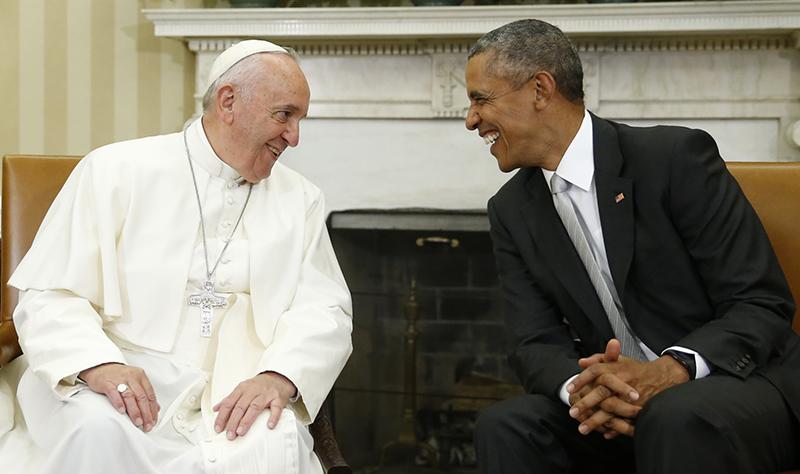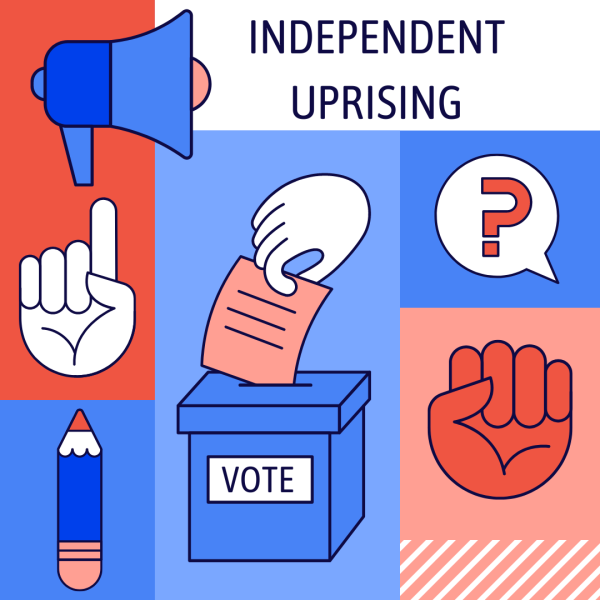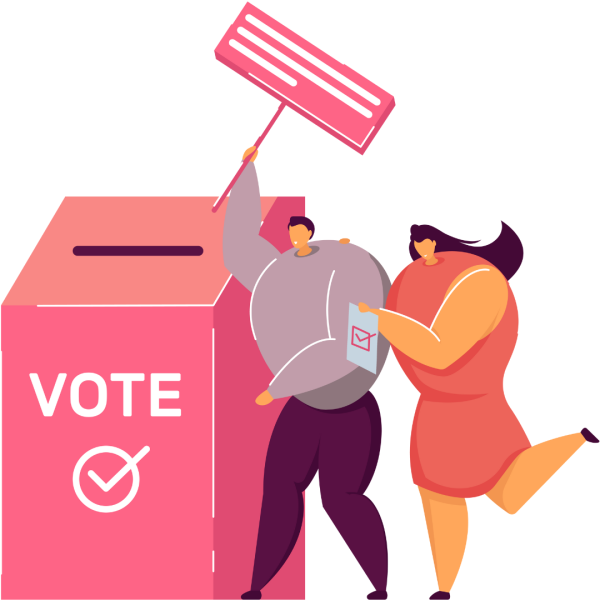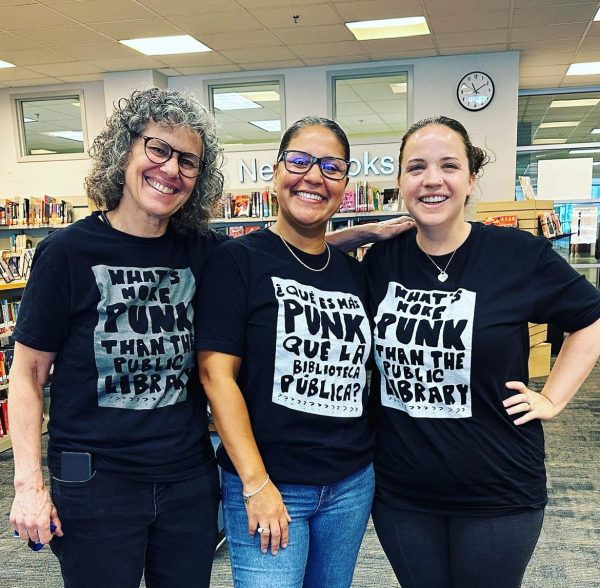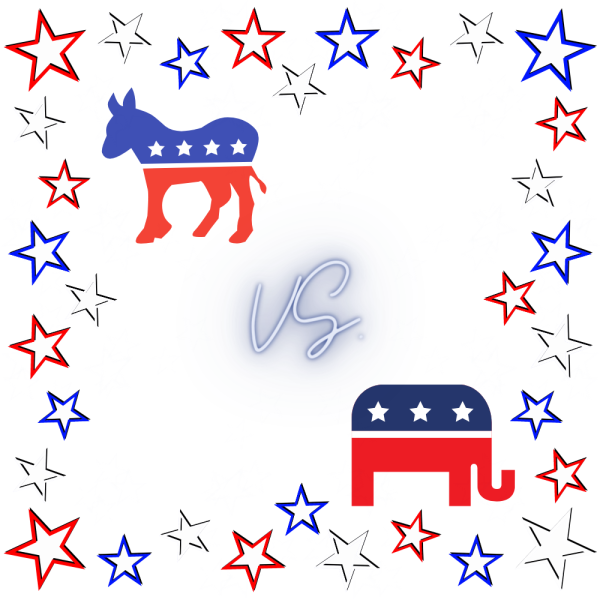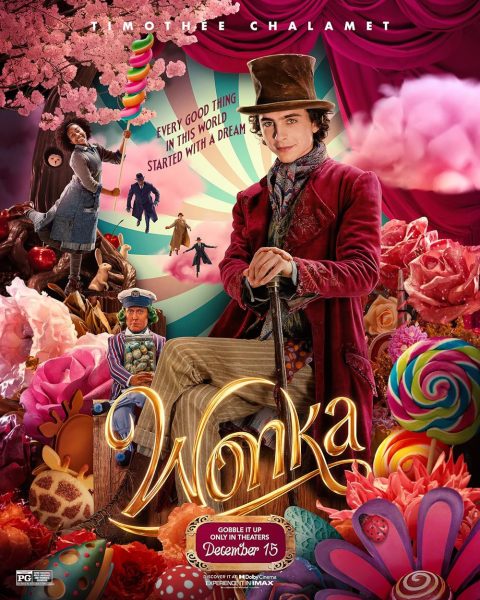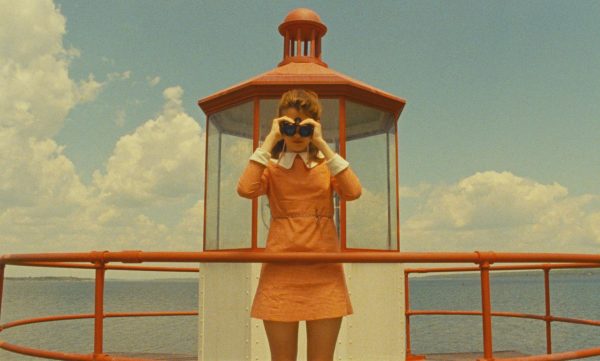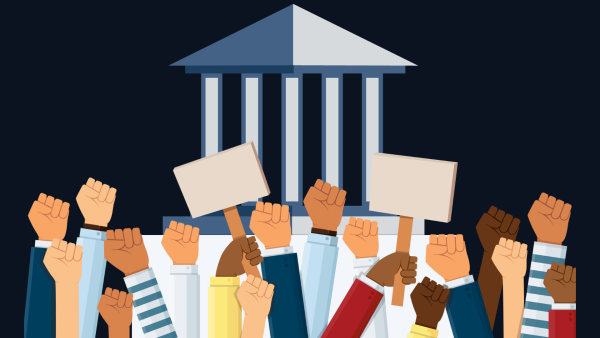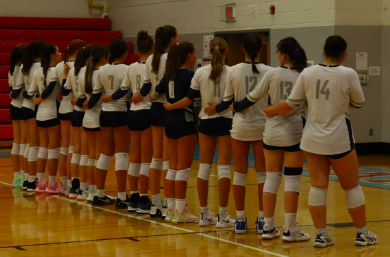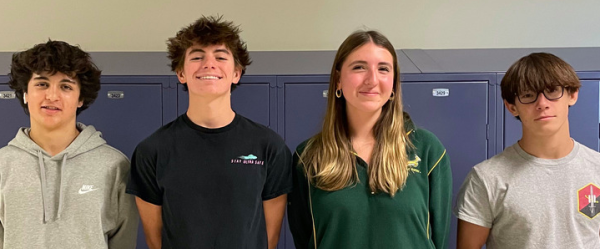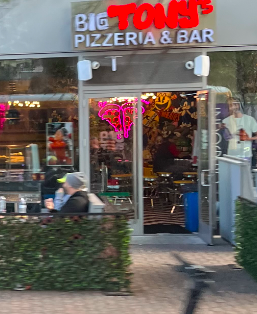Inaugural Papal visit to D.C.
U.S. President Barack Obama meets with Pope Francis in the Oval Office of the White House in Washington on September 23, 2015. The pontiff is on his first visit to the United States. Photo courtesy of REUTERS/Jonathan Ernst
When Pope Francis arrived in Washington D.C. on Tuesday, he continued a tradition of breakthroughs in his visit to one of the most powerful and religiously diverse countries in the world. His tapestry of change began long before he was elected when he was a religious leader in his native Argentina; when he was elected, he was the first Latin American pope. Since his election, he has spoken on many issues that the church has previously ignored or condemned, including birth control, abortion and sexual abuse scandals within the clergy, as well as LGBTQIA+ rights.
Prior to his visit to the district, Pope Francis visited Cuba, where he spoke with former leader Fidel Castro, whose regime was officially atheist for more than 30 years. Later on, he traveled to Santiago and was greeted by thousands when he arrived. Finally, he conducted mass with hundreds of thousands of people in Havana’s Revolution Square on Saturday before flying to the district on Tuesday.
The papal visit to the U.S. comes at a time when more than 80 percent of the country identifies as non-Catholic or non-religious. However, in the southern and western reaches of the country, many smaller churches are overflowing with immigrant worshippers, while large cathedrals serve a pious, generally upper-class, white congregation, a demographic that is quickly shrinking. Despite that, Catholicism is still the most prevalent religion in the U.S. His visit sparked great excitement among those who follow Catholicism, including junior Katherine Smith. “I think the pope visiting is really cool, because a lot people are Catholic here,” she said. “I would love to meet him.”
Hundreds of thousands of people greeted Pope Francis while he was in the U.S., and many more thousands watched on TV or via the internet. However, the sheer number of people who wanted to see him limited the number who actually could, and tickets to his speeches at the UN and Congress were vied for by local and non-local churches, as well as believers across the country. Many students expressed a desire to see him, even those who are non-religious. “I’d love to meet the pope. He’s a very respected man,” said freshman Hallie Daniels. “I really appreciate the work he does [for] the world.”
While in the U.S., Pope Francis will meet with President Obama, speak to Congress and address the United Nations at their headquarters in New York City. He reportedly plans to address the need for peace at a moment in time when the Syrian refugee crisis is reaching a critical point in Europe and around the globe. Also on his agenda was the canonization of Junipero Serra on Wednesday in the first canonization on American soil. Serra was a missionary during the period of European colonization of the Americas, and the move to canonize him was controversial, given Serra’s role in the enslavement and abuse of Native Americans in the area.
Pope Francis’ visit comes at a time of great change, both in the world and in this country. Many hope he will address U.S.-specific issues such as gay rights or his endorsement for president, while others expect he will take a more international path, raising himself above the difficulties of the country he happens to be visiting. Whatever path he takes, all eyes are upon him during this inaugural visit by a revolutionary pope.

